The first time I heard Savatage’s “Streets: A Rock Opera,” I was sitting in my apartment with a massive hangover, nursing a lukewarm coffee and flipping through a stack of promo CDs I’d gotten from the magazine I was writing for at the time. This was 1991, and I was mostly focused on the thrash scene, but something about the cover art—a stark urban landscape with “SAVATAGE” emblazoned across the top—made me pause. I’d heard their earlier stuff and filed them mentally under “decent but not groundbreaking power metal,” but something told me to give this one a shot.
Two hours later, I was still sitting there, having played the album twice straight through, coffee long forgotten, completely absorbed in the musical journey I’d just experienced. This wasn’t just another heavy metal record. This was something ambitious, emotional, and genuinely progressive in the best sense of the word. A rock opera that actually delivered on the promise of that often-pretentious label.
What I didn’t know then—what none of us could have known—was that I was listening to the first chapter in a story that would eventually lead to one of the most commercially successful acts in modern music. The seeds planted in “Streets” would ultimately grow into Trans-Siberian Orchestra, a holiday institution that fills arenas nationwide. The connection seems almost absurd on paper—how does a struggling heavy metal band’s concept album about a fallen rock star lead to a multi-platinum Christmas music juggernaut? But artistic evolution is rarely linear, and the “Streets” to TSO pipeline makes perfect sense when you understand the creative forces at work.
But I’m getting ahead of myself. Let’s talk about “Streets” on its own terms first, because it deserves that respect.
Savatage had been around since the early 80s, releasing solid if somewhat generic power metal albums that earned them a dedicated cult following but never quite broke through to the metal mainstream dominated by Maiden, Priest, and their ilk. By 1991, they’d already weathered lineup changes and the usual music industry challenges, but they were hardly a band you’d expect to suddenly release an ambitious concept album about addiction, redemption, and the price of fame.
The catalyst for this creative leap was the partnership between Jon Oliva (Savatage’s vocalist/keyboardist and primary songwriter) and Paul O’Neill, a producer and composer who’d cut his teeth working with acts like Aerosmith and Badlands. O’Neill brought a theatrical sensibility and compositional sophistication that pushed Savatage far beyond the boundaries of traditional heavy metal. Their first collaboration, 1989’s “Gutter Ballet,” had hinted at this evolution, but “Streets” realized it fully.
The rock opera tells the story of DT Jesus (subtle, guys), a once-successful rock star who has fallen into addiction and homelessness, reduced to selling drugs on the same streets where he once saw his name in lights. The narrative follows his struggle for redemption, his encounters with figures from his past, and his ultimate fate. If it sounds potentially cheesy or overwrought… well, it sometimes is. But what saves it from collapsing under its own ambition is the absolute conviction with which Savatage delivers the material.
Jon Oliva’s vocal performance throughout is nothing short of extraordinary. He had always been an expressive singer, but on “Streets,” he becomes a theatrical chameleon, shifting from aggressive metal screams to tender vulnerability as the story demands. This wasn’t just a metal vocalist showing his range; this was an actor using his voice to embody different emotional states and characters.
Musically, “Streets” covers more ground than any previous Savatage album. Yes, there are still plenty of crunching riffs and soaring solos courtesy of Criss Oliva (Jon’s brother and one of metal’s most criminally underrated guitarists), but they’re now integrated into a more diverse sonic palette. Piano interludes, orchestral elements, acoustic passages, Broadway-influenced dynamics—all these components that would later become TSO signatures made their first cohesive appearance here.
Songs like “Jesus Saves” (not a religious track, despite the title) showcase this new approach perfectly. It opens with a delicate piano motif before exploding into metallic fury, then navigates multiple mood shifts within a single composition. “Tonight He Grins Again” builds from ominous verses to a chorus of genuine emotional power. “Believe” delivers the kind of soaring, lighter-raising ballad that would become a TSO trademark. The album moves seamlessly between these different modes, creating a journey that feels cinematically coherent despite its stylistic diversity.
What’s fascinating in retrospect is how clearly you can hear the TSO blueprint forming. The rock-meets-classical arrangements, the narrative ambition, the theatrical vocals, the emotional earnestness—all the elements that would later make Trans-Siberian Orchestra a holiday phenomenon are present in embryonic form. Jon Oliva and Paul O’Neill were developing a musical language that transcended genre boundaries, one that could speak to audiences far beyond traditional heavy metal circles.
Of course, “Streets” wasn’t an immediate commercial breakthrough. It was released in October 1991, possibly the worst timing imaginable for an ambitious metal album. Nirvana’s “Nevermind” had hit stores a month earlier and was already beginning the seismic shift that would remake the rock landscape. Metallica’s Black Album was dominating the charts. And here was Savatage with a rock opera about a fallen rock star—a concept that must have seemed almost quaintly out of step with the emerging grunge zeitgeist.
Reviews were generally positive but sales were modest at best. I remember writing a glowing piece about the album for a local metal zine and having my editor push back, questioning whether our readers would care about what he called “Broadway metal.” Savatage was caught in a no-man’s-land—too theatrical and progressive for traditional metalheads, too heavy and obscure for mainstream rock fans.
I caught them on the “Streets” tour at a half-filled club in Los Angeles. Despite the modest turnout, the band delivered a performance of stunning intensity, with Jon Oliva in particular seeming possessed as he brought the album’s characters to life. Between songs, he talked passionately about the story, explaining connections that might not be immediately obvious from the lyrics alone. It was clear this wasn’t just another album to him—this was a creative breakthrough, a statement of artistic purpose.
After the show, I briefly spoke with Paul O’Neill, who was traveling with the band. He was animated about the possibilities of rock opera as a form, talking about future projects and his vision of combining heavy music with classical influences in ways that could reach beyond the metal audience. At the time, I thought it was just typical post-show enthusiasm. How could I have known he was essentially describing what would become Trans-Siberian Orchestra?
The road from “Streets” to TSO wasn’t immediate or direct. Savatage would release several more excellent albums that further developed their symphonic metal approach, including “Edge of Thorns” and “Dead Winter Dead.” Tragedy struck when Criss Oliva was killed by a drunk driver in 1993, a devastating loss that might have ended many bands. But Jon Oliva and Paul O’Neill continued their creative partnership, and with each album, the theatrical and orchestral elements became more pronounced.
The real turning point came with “Dead Winter Dead” (1995), a concept album about the Bosnian War that included an instrumental track called “Christmas Eve (Sarajevo 12/24).” This piece, which combined “Carol of the Bells” with “God Rest Ye Merry Gentlemen” in a heavy, orchestral arrangement, received unexpected radio play during the holiday season. Atlantic Records noticed and suggested developing a Christmas-themed project around similar material.
That project became Trans-Siberian Orchestra’s debut album, “Christmas Eve and Other Stories” (1996), featuring many of the same musicians from Savatage but presented as a new entity without the metal baggage. It was essentially Savatage’s symphonic approach applied to Christmas music, with the same narrative ambition that had characterized “Streets” but now focused on holiday themes. The result was a slow-building phenomenon that eventually became one of the most successful touring acts in North America.
In a strange way, TSO realized the commercial potential that “Streets” had hinted at but never achieved. The rock opera format, the blend of heavy guitars and orchestral arrangements, the emotional storytelling—all these elements found a much larger audience when wrapped in Christmas imagery than they ever did in Savatage’s metal context. It’s a fascinating example of how presentation and timing can be as important as the music itself in determining commercial success.
I’ve often wondered how Jon Oliva feels about this twist of fate. His most personal, ambitious work with Savatage remained cult favorites, while the TSO project—built on the same musical foundations—became an institution that plays to millions. There’s a certain irony there that parallels the story told in “Streets” itself—the complicated relationship between artistic integrity and commercial success.
I revisit “Streets” at least once a year, usually late at night with a good pair of headphones, the way it deserves to be experienced. What strikes me each time is how cohesive it remains despite its ambition. Lesser concept albums often collapse under their own weight, but “Streets” maintains its narrative and musical focus throughout. It’s the sound of a band transcending its genre constraints while remaining true to its core identity—progressive without being pretentious, theatrical without sacrificing heaviness.
For those who only know Trans-Siberian Orchestra from their holiday spectaculars, exploring “Streets” offers a fascinating glimpse at the creative DNA that would eventually evolve into those arena shows. The connective tissue is unmistakable once you know to look for it. It’s like finding the obscure indie film that later inspired a blockbuster franchise—the raw material is there, just waiting for the right context to reach a wider audience.
The story of Savatage and TSO reminds us that artistic evolution rarely follows a predictable path. Who could have possibly foreseen that a struggling heavy metal band’s concept album would contain the seeds of a holiday music empire? It’s a testament to the vision of Jon Oliva and Paul O’Neill, who somehow maintained their creative partnership through tragedy and commercial setbacks, eventually finding an audience that appreciated their unique musical approach—even if it came wrapped in an unexpected package.
“Streets: A Rock Opera” stands as both an endpoint and a beginning—the culmination of Savatage’s development as a metal band and the first full flowering of the symphonic rock approach that would later define TSO. It’s a creative milestone that deserves recognition not just as a metal album, but as a pivotal moment in a larger musical journey that continues to this day.
And somewhere in America right now, there’s a family buying tickets to see Trans-Siberian Orchestra this holiday season, completely unaware that the spectacular show they’ll experience has its roots in a 1991 heavy metal concept album about a homeless drug dealer. Music history is funny that way.
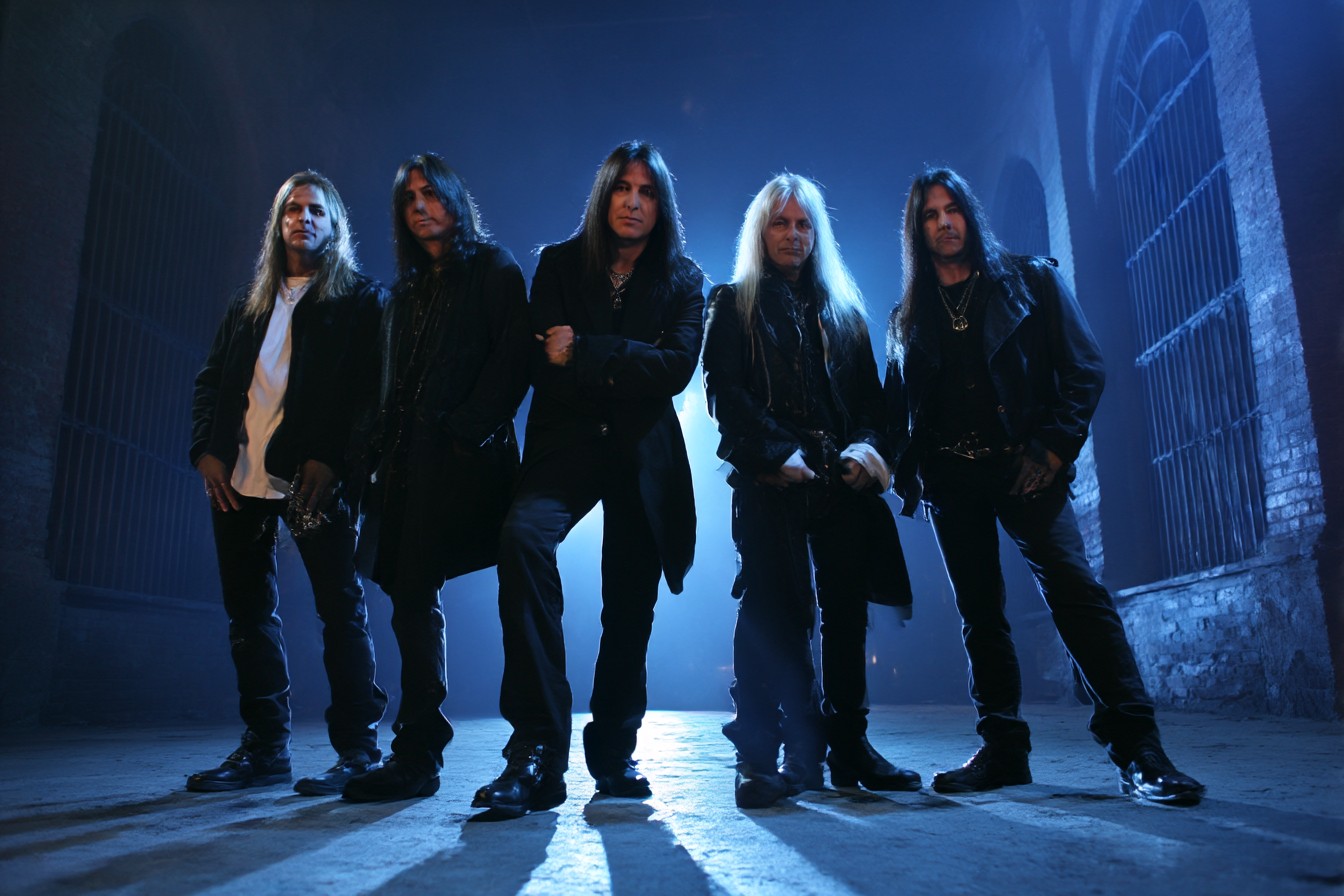
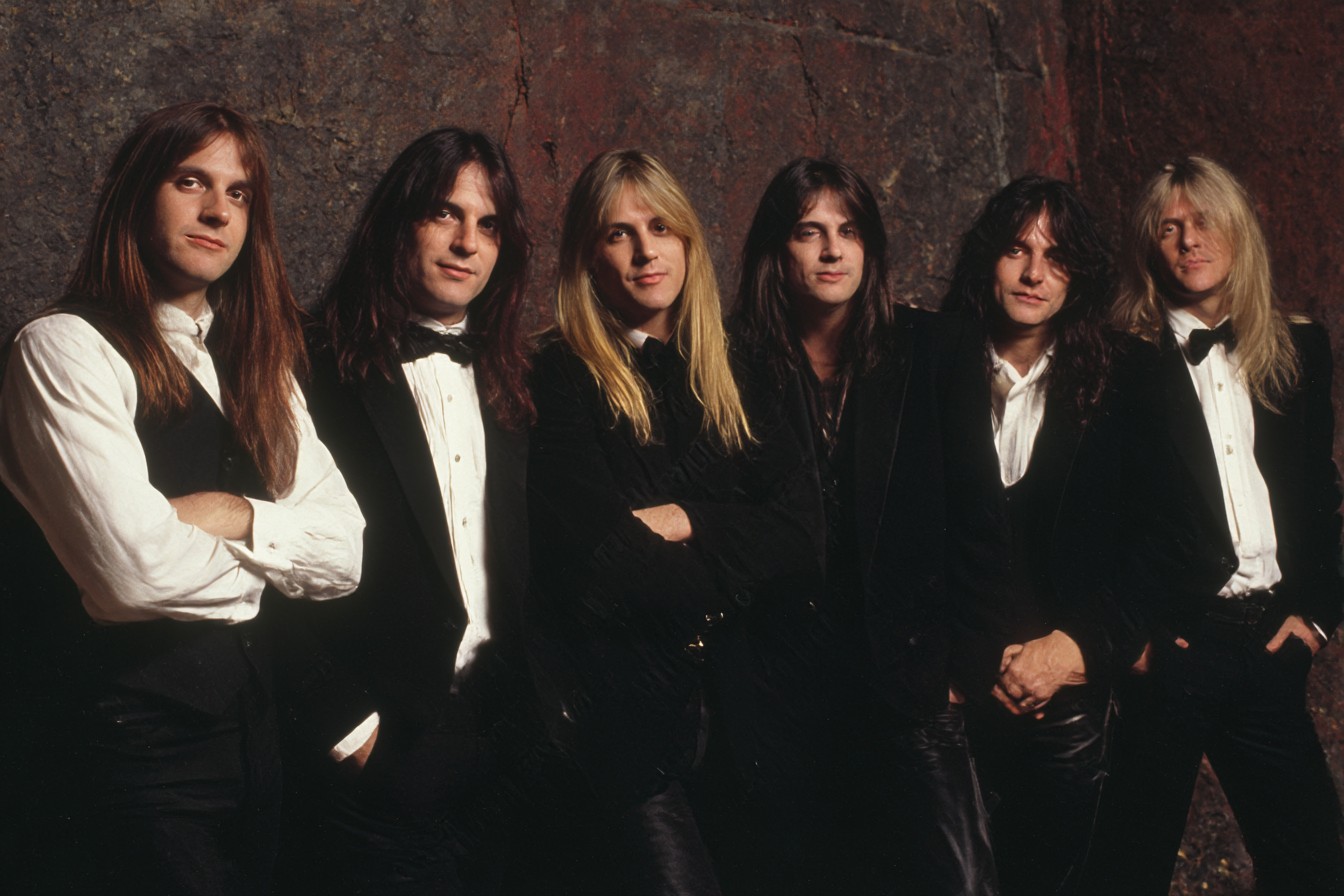
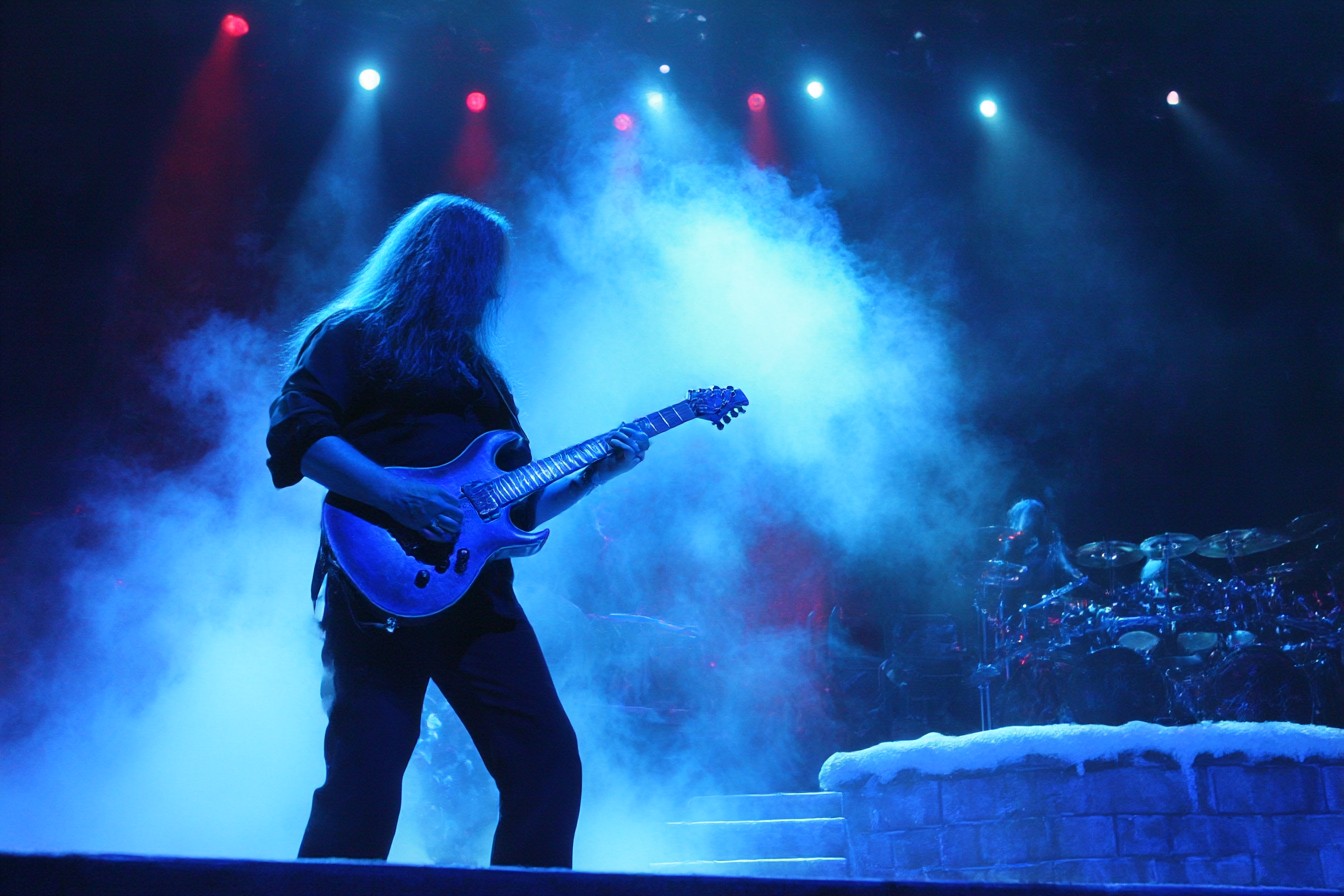
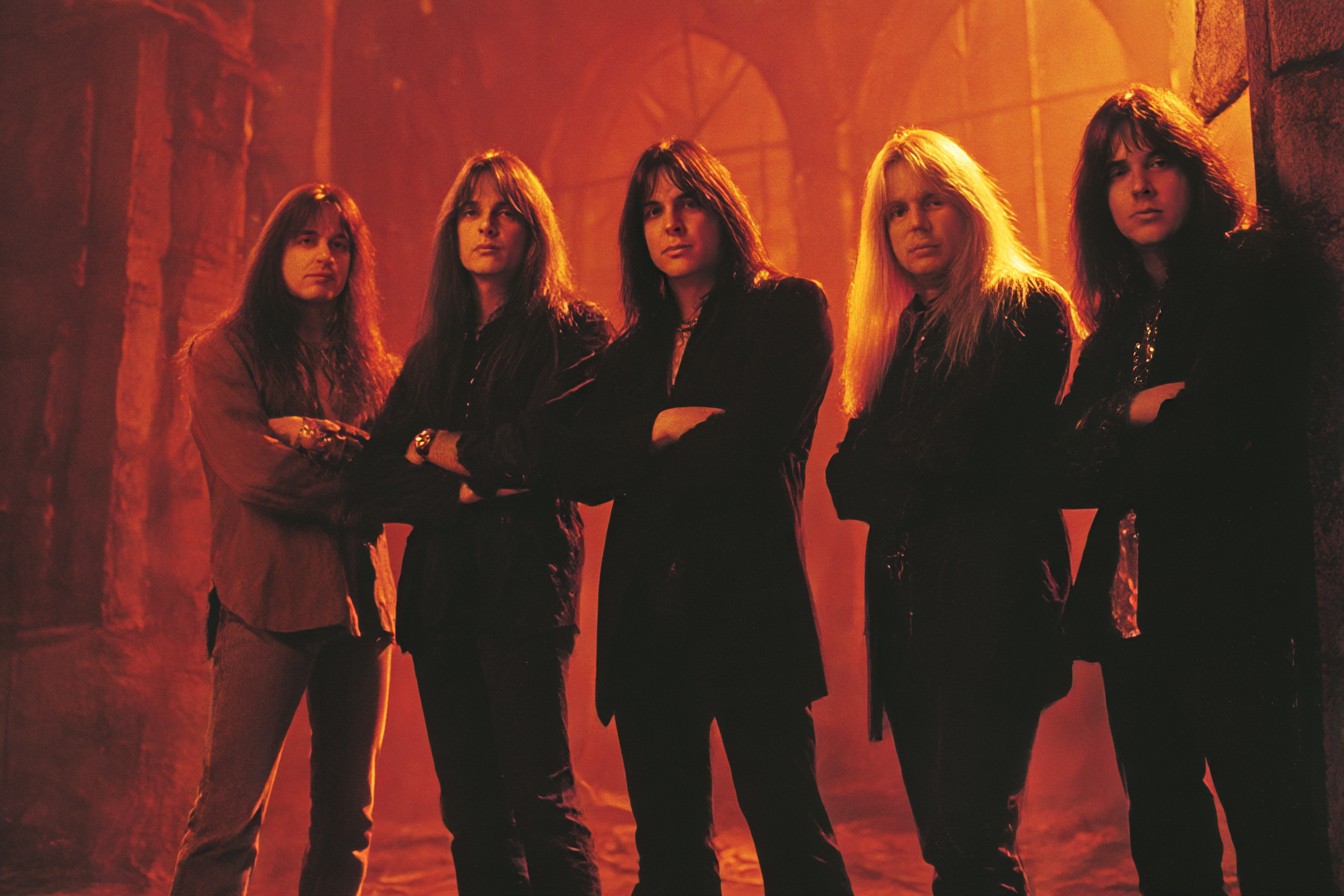
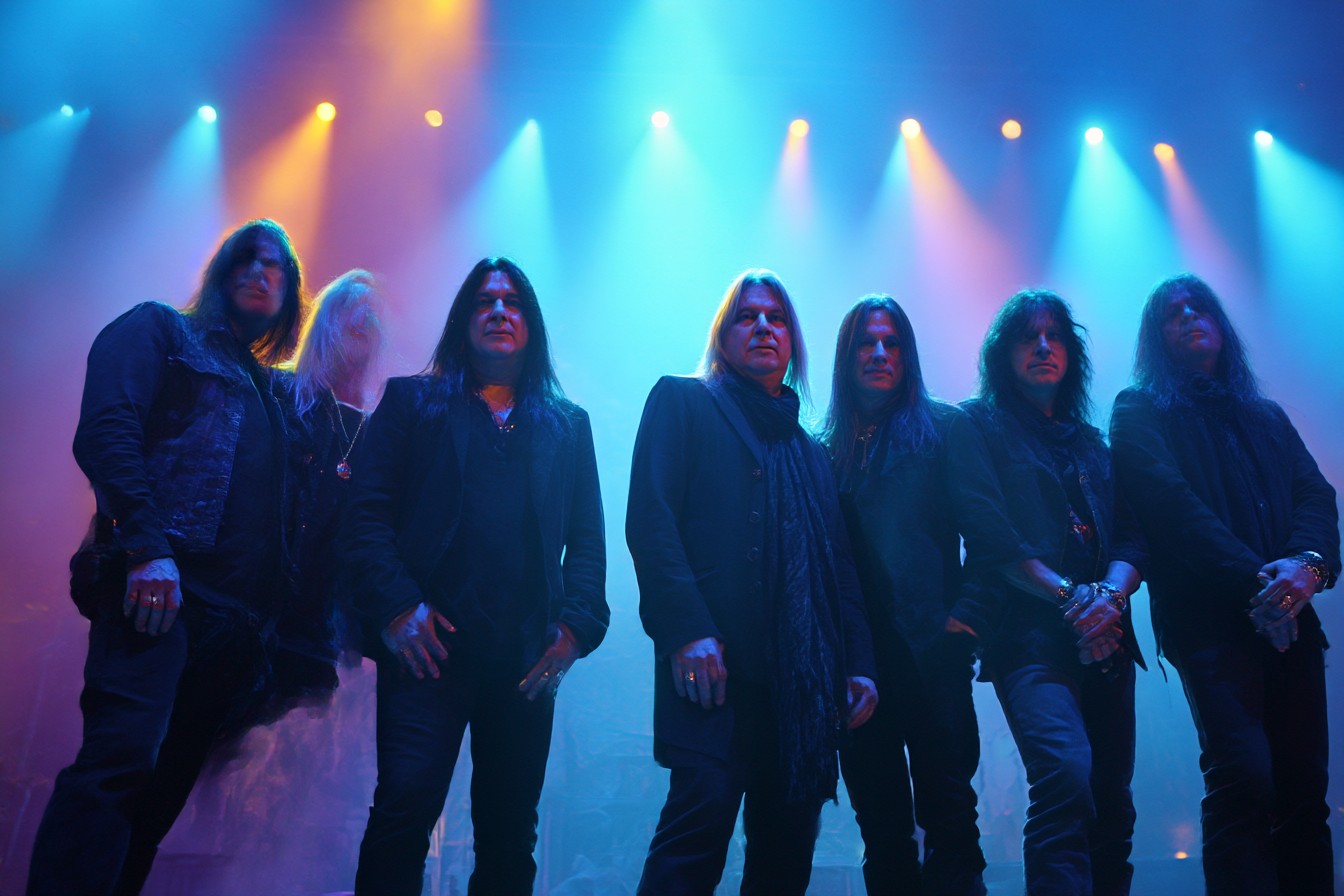
Leave a Reply